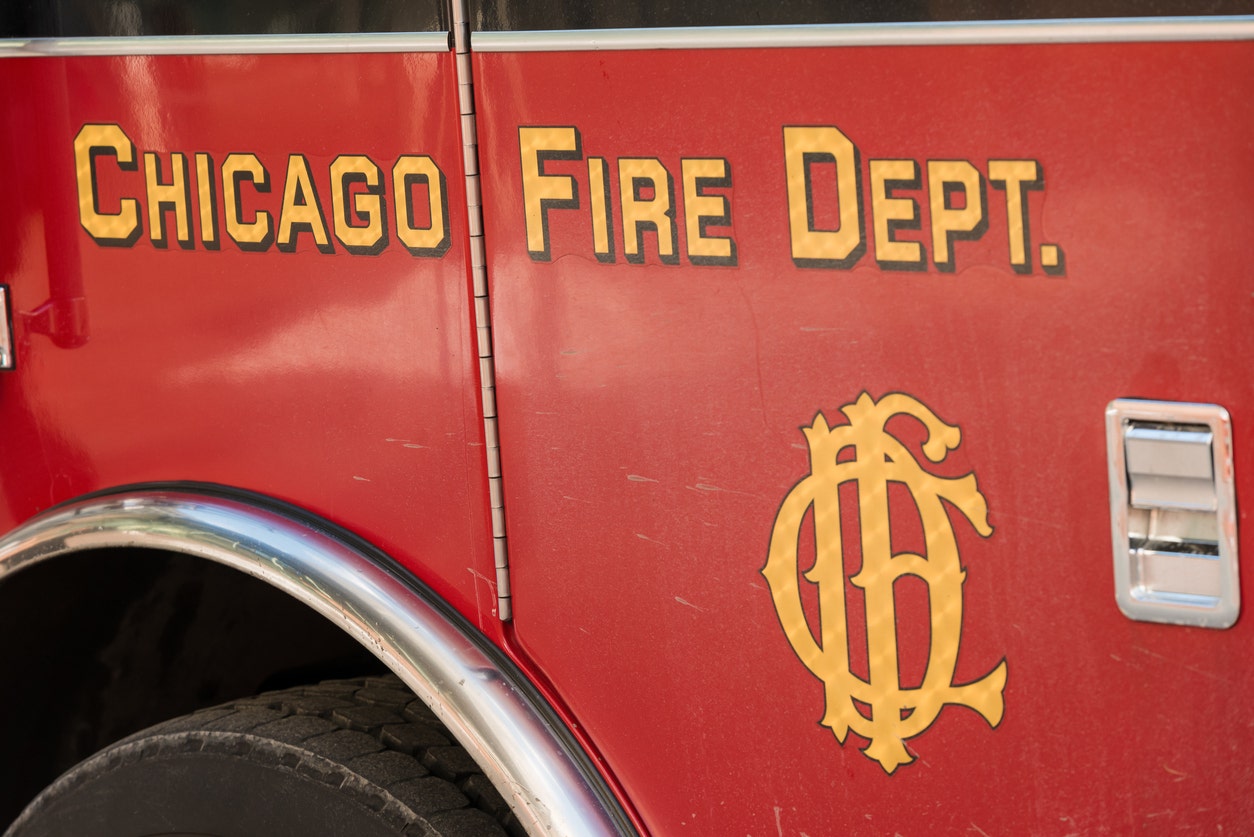**A Devastating Fire in Chicago: The Great Chicago Fire of 1871**
On October 8, 1871, a catastrophic fire engulfed a barn on the southwest side of Chicago, Illinois, marking a historic event known as The Great Chicago Fire. According to National Geographic, this fire ravaged through the heart of the Windy City, killing 300 people and leaving a third of the city’s inhabitants homeless. The fire continued to burn for two days, from October 8 to October 10, 1871, and in its wake, it destroyed thousands of buildings, resulting in an estimated $200 million in damages (History.com).
Legend has it that the fire began when a cow kicked over a lantern in a barn owned by the O’Leary Family at 137 DeKoven Street. However, other theories suggest human causes or even a meteor as potential origins of the fire (pawel.gaul via Getty Images). Despite various speculations, the exact cause of the initial barn fire remains officially undetermined, according to multiple sources.
The conditions in 1871 were particularly conducive to the spread of fires due to an exceptionally hot and dry summer, leading to several smaller fires erupting across the city. The devastating Peshtigo Fire in Wisconsin was also occurring during this time, as noted by Smithsonian Magazine. The intensity of the Chicago blaze was so immense that “fire devils,” or swirling vortexes of flames, roamed across buildings and sparked new fires in adjacent areas, Smithsonian Magazine reports.
The Great Chicago Fire triggered an outbreak of looting, prompting the deployment of soldiers to contain the chaos in the city. The fire spread north, crossing the river not once but twice, leaving destruction in its path (The Chicago Sun-Times). Finally, on October 10, firefighters managed to extinguish the inferno, putting an end to the disaster (The Chicago Sun-Times).
Remarkably, despite the devastation caused by the fire, Chicago’s physical infrastructure, including its transportation systems, remained largely intact, as indicated by History.com. The city quickly embarked on a reconstruction effort that led to significant economic development. Architects laid the foundation for a modern metropolis characterized by towering skyscrapers (History.com).
In 1872, the City of Chicago implemented a mandate requiring the use of fire-resistant materials, such as bricks, in all buildings (The Chicago Tribune). The central area saw the emergence of department stores and offices, while industrial growth flourished along the river branches and rail lines, as reported by Britannica.
Chicago’s population at the time of the fire was approximately 324,000, but within nine years, it had surged to around 500,000 residents (History.com). The Great Chicago Fire remains a significant chapter in the city’s history, and today, the Chicago Fire Department’s training academy occupies the site of the O’Leary property where the fire originated (Chicago Fire Department).
In 1997, the Chicago City Council issued a resolution exonerating Catherine O’Leary, an Irish immigrant who had passed away in 1895, and her cow, shedding light on the debunking of the long-held belief that they were responsible for the fire (History.com).
To read more lifestyle articles, please visit www.foxnews.com/lifestyle. Erica Lamberg is a contributing reporter for Fox News Digital.
Denial of responsibility! Vigour Times is an automatic aggregator of Global media. In each content, the hyperlink to the primary source is specified. All trademarks belong to their rightful owners, and all materials to their authors. For any complaint, please reach us at – [email protected]. We will take necessary action within 24 hours.


